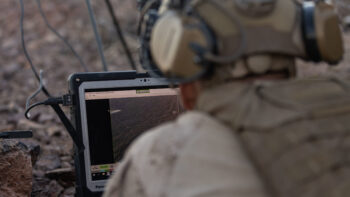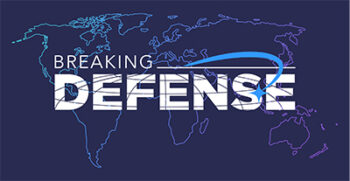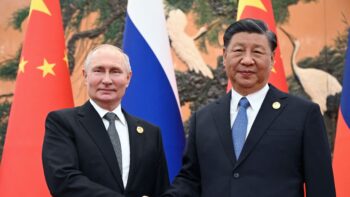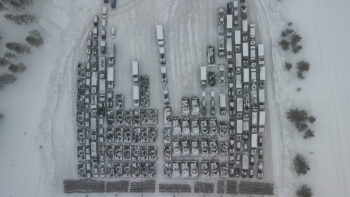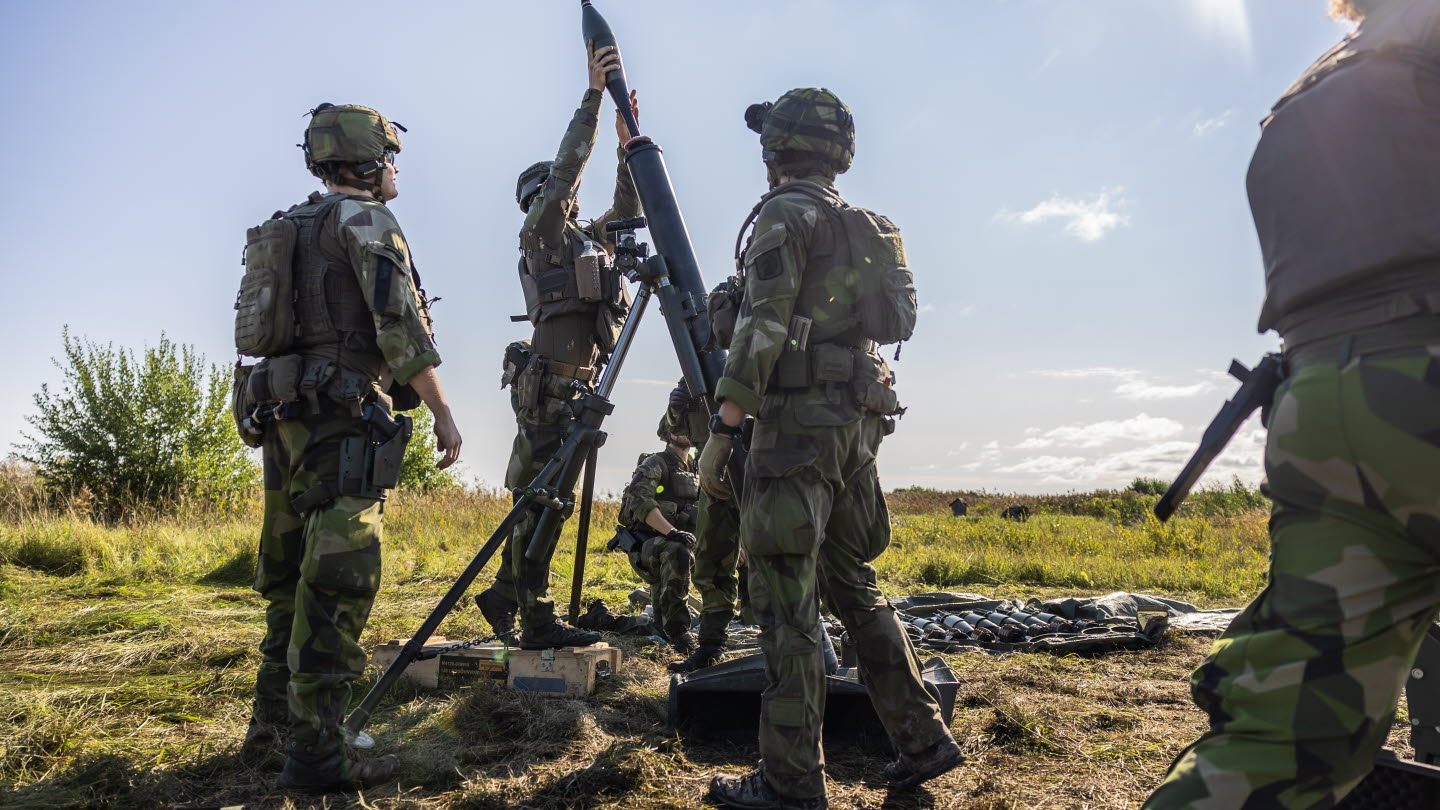
A Swedish Army unit trains with a grenade launcher (Swedish Armed Forces)
BELFAST — Sweden has taken decisive action to counter Russia’s growing presence in the Arctic region by increasing land forces in the northern part of the Nordic country and expanding military cooperation with Finland and Norway.
“Our natural response [to Russia’s military build up in the Arctic] has been beefing up our military presence in the northern part of Sweden, reestablishing Garrisons and regiment detachments, beefing up our Army Rangers,” said Pål Jonson, Sweden’s defense minister, during the Warsaw Security Forum today. “We’re also extending cooperation especially between Sweden, Norway and Finland up in in the high north and all of us [are] going to also be part of integrated missile and air defense system [collaboration], and I think that’s also going to strengthen NATO.”
Jonson’s remarks are in line with Gen. Micael Bydén, Sweden’s Supreme Commander, previously calling for a new Swedish military unit to be stood up in the Swedish far north city of Kiruna, Lapland. Europe’s only orbital satellite launch facility, Esrange, is also located just outside Kiruna.
“We’re cognizant of the fact Russia is retaking a lot of positions that they used to have in the Arctic,” added Jonson. “There is a degree of militarization…and we have to respond to that.”
He said that despite Russian ground forces being “weakened” by the war in Ukraine, its air and naval assets in the Arctic remain “intact.”
RELATED: Finnish naval officer talks NATO expectations, Russia’s conduct at sea and Ukraine conflict’s future
No “warships or submarines” belonging to Russia’s Northern Fleet Joint Strategic Command — Moscow’s Arctic military arm — have been destroyed in the conflict with Ukraine, according to the Center for Strategic and International Studies (CSIS) think tank. However, CSIS does note that naval vessels from the Northern Fleet have been deployed to the Mediterranean Sea, the Black Sea, or Ukraine since the war began.
Conversely, CSIS points out that a battalion tactical group from Russia’s 200th Motorized Rifle Brigade, one of a number of Russian Arctic Units in Ukraine, has been “effectively wiped out,” by Ukrainian forces.
Russia sees the Arctic as critical to protecting a second-strike, naval nuclear deterrent capability based in the Kola Peninsula and strengthening power projection in the high north, but with Sweden close to receiving NATO membership and Finland joining the alliance in April, Moscow faces greater difficulty from its neighbors in executing strategic ambitions beyond Russian borders.
Sweden Still Waiting On NATO Membership
More broadly, Jonson said that he wants to see Sweden join NATO “as soon as possible” amid delays from both Turkey and Hungary. Ankara has vowed to hold a parliamentary ratification on Swedish membership of the alliance but not before the end of October because of a “two month long recess” for parliament, according to Turkish President Recep Tayyip Erdoğan. Meanwhile, Hungary’s leader said in late September that his country is in “no rush” to approve Sweden’s bid.
Besides NATO matters, Jonson called for “strategic patience” concerning Ukraine’s counteroffensive against Russia and insisted Europe ramp up weapons production to support the war effort. He also disputed any suggestion that, politically, cracks have started to open up in Europe and the US regarding solidarity with Ukraine.
“Lets stay the course and this will go well for us. When we get stressed and start speculating, that’s the problem,” he explained. “This war has been a disaster for Russia militarily and politically. The Ukrainians are putting up a very good fight….[they] shouldn’t have to prove themselves on the battlefield every day in order to get our support.”
Sweden announced in September that it plans on increasing military spending by almost 30% next year, under a budget proposal covering an additional investment of SEK 27 billion ($2.4 billion USD) from 2023 to 2024.
The new funding has been earmarked to support acquisition of artillery systems, tactical transport aircraft, new surface combat vessels, Gripen fighter jets and Blekinge-class submarines.

















